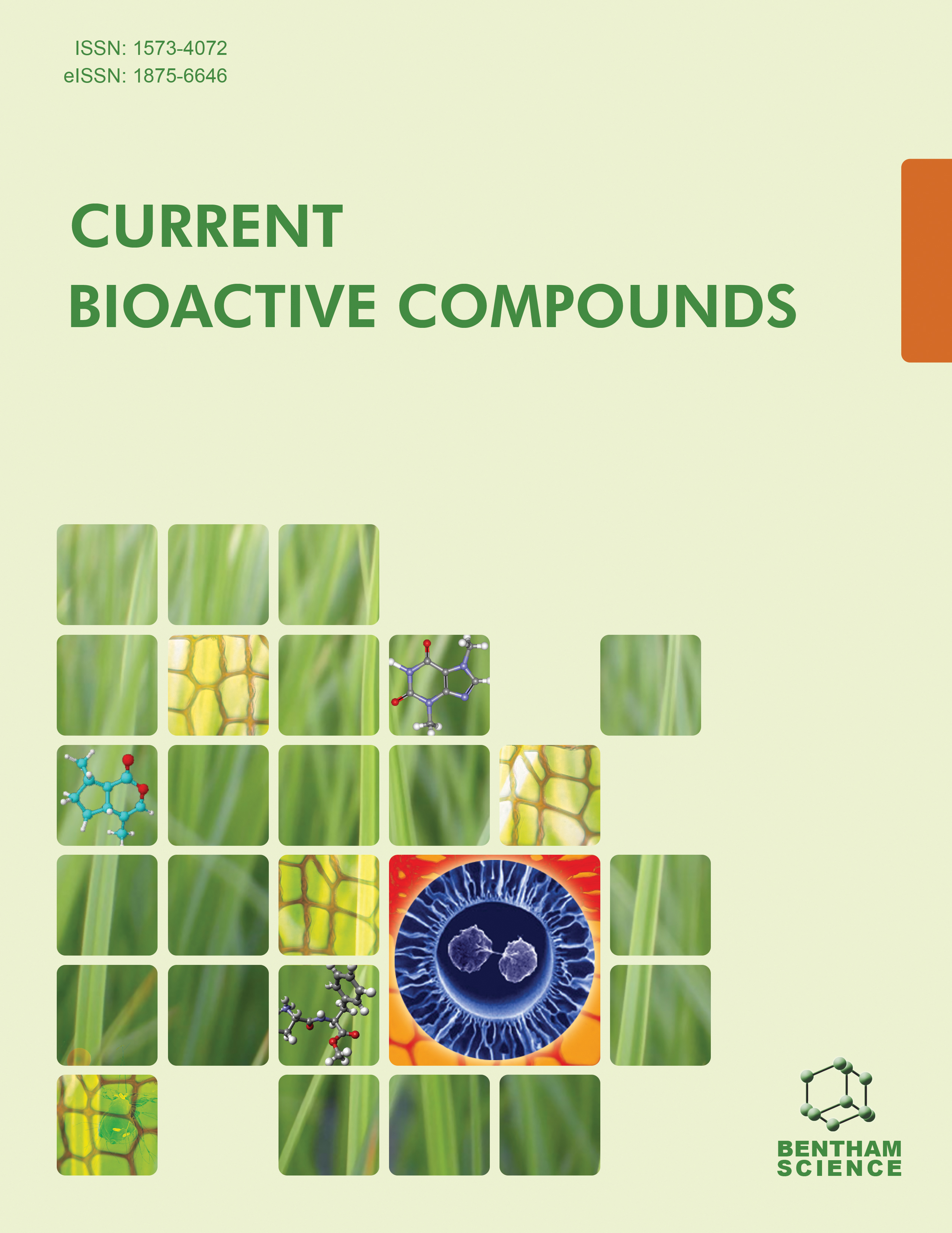
Full text loading...

Acridine derivatives represent a promising class of compounds in anticancer drug development, owing to their versatile mechanisms of action and synthetic flexibility. These compounds can intercalate between DNA base pairs, disrupting vital cellular processes such as DNA replication and transcription, which underscores their potential as potent anticancer agents. This intercalation not only inhibits tumor growth but also enhances cancer cell sensitivity to other therapeutic interventions, improving overall treatment efficacy. The synthesis of acridine derivatives involves several named reactions and synthetic schemes, such as the Ullmann, Bernthsen, and Friedlander syntheses. These methods allow for the production of derivatives with specific substitution patterns and biological activities, enabling researchers to optimize pharmacological properties like bioavailability and target specificity. Recent research has produced acridine derivatives with enhanced cytotoxicity and improved selectivity against various cancer types. Notable examples include spiro compounds and 3,9-disubstituted acridines, which have shown potent antitumor activities in preclinical studies, paving the way for further development and clinical evaluation. Acridine derivatives hold significant promise in the fight against cancer, offering novel avenues for therapeutic innovation and advancement in oncology. Interdisciplinary efforts integrating synthetic chemistry, pharmacology, and molecular biology will be essential to fully harness their therapeutic potential and address the complex challenges of cancer treatment.

Article metrics loading...

Full text loading...
References


Data & Media loading...